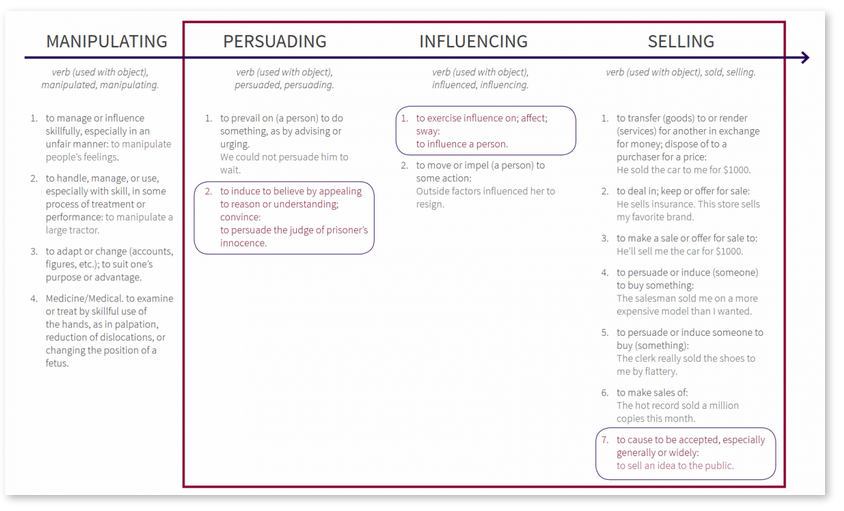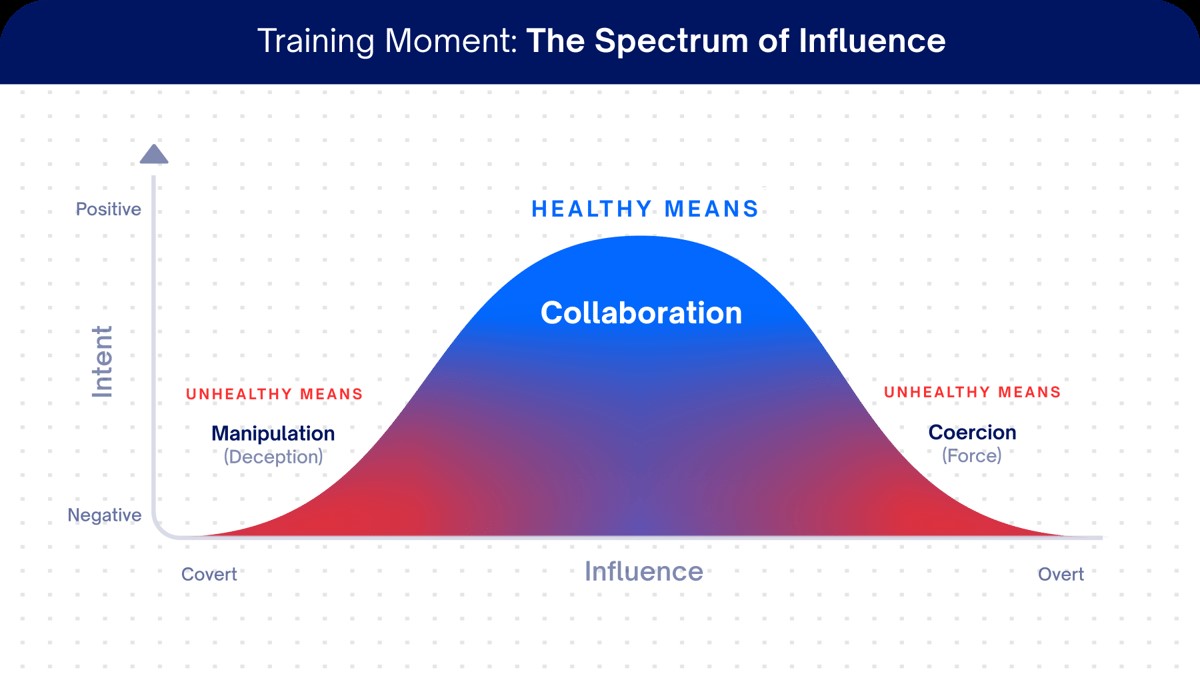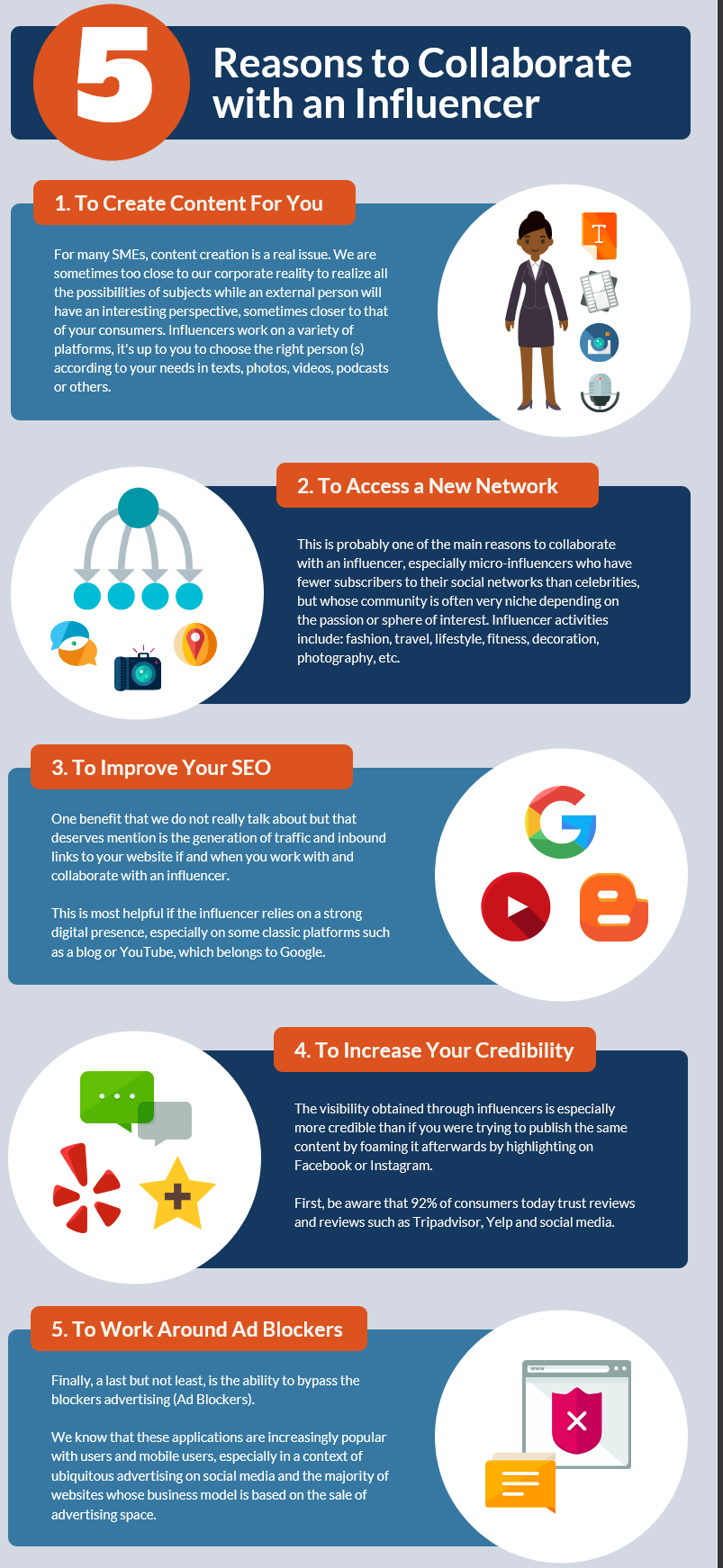(More on Influence cont.)
Selling Change Management
Introduction
Selling is a major part of your role in change management as it is in a 'people profession/influencer'.
However, selling has a poor perception in most professional circles, ie it is about 'manipulating or conning' someone into buying something. This perception is why professionals can feel uncomfortable they are actively 'selling'.
Yet it is required in change management, ie
"...Selling to leadership, selling the value of your change team, and selling to those individuals who will be impacted by the change..."
Theresa Moulton, 2024c
Selling in change management is about solving people's problems and is different from the mechanics of change management.
"...Selling is an aspect of your role that can single you out as a professional......gracefully stepping out of negative situations, sensing how to refocus the energy of an interaction and reframe its context..."
Theresa Moulton, 2024c
Barriers to being an effective 'seller' (6)
1. Feel uncomfortable in selling aspects of your role (even though selling is important in change management, the mindset of selling can make people feel uncomfortable as it requires
i) putting others first and yourself last (this can feel uncomfortable as you usually put yourself first and others last)
ii) perception of selling (selling is not seen as a 'helping' profession; however, the mindset required for change managers is helping people to adjust to the relevant changes)
iii) qualifying the benefits of change management (as change is in the 'people professions' and an intangibles skill, it is harder to quantify the benefits than introducing new technology; in change management, you use the intangible skills of persuasion, influence and selling, and ideally not manipulation:

(source: CMR, 2024)
iv) pressuring or imposing upon your client (you need to have a good reason to put pressure on people and/or organisations; need to hold positive intentions for your clients despite using intervention or influence techniques)
v) hard sell to persuade clients (need to have authentic conversations to make the listener feel safe rather than imposing your will on them)
vi) sell the gap (with the aim of getting buy-in from the relevant stakeholders, you have to first describe what success looks like; this is followed by what needs to happen to achieve success, ie 'selling the gap'
2. Understand how selling practices have evolved (selling has been described as persuading or inducing somebody to buy something, eg products, goods, services, ideas, etc:
"...selling approaches and selling practices have developed with increased sophistication of buyers and the increase of information available to customers via the web..."
CMR, 2024

(source: CMR, 2024)

(source: Tim Baker, 2025a)

Collaboration with Influencer

(source: https://infograph.venngage.com)
